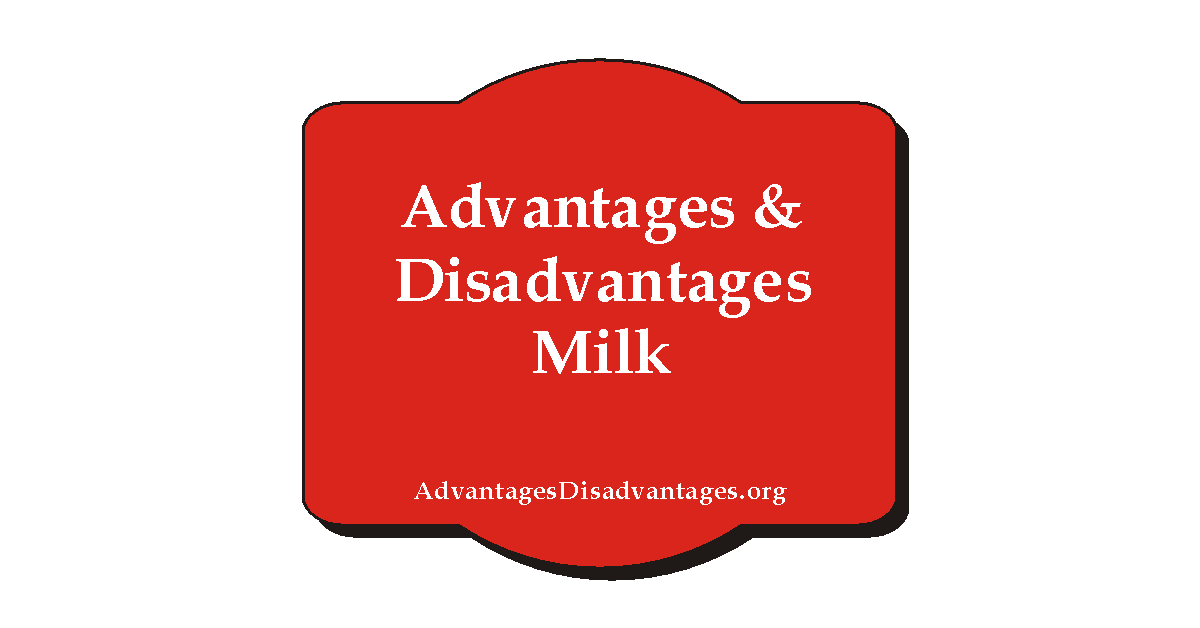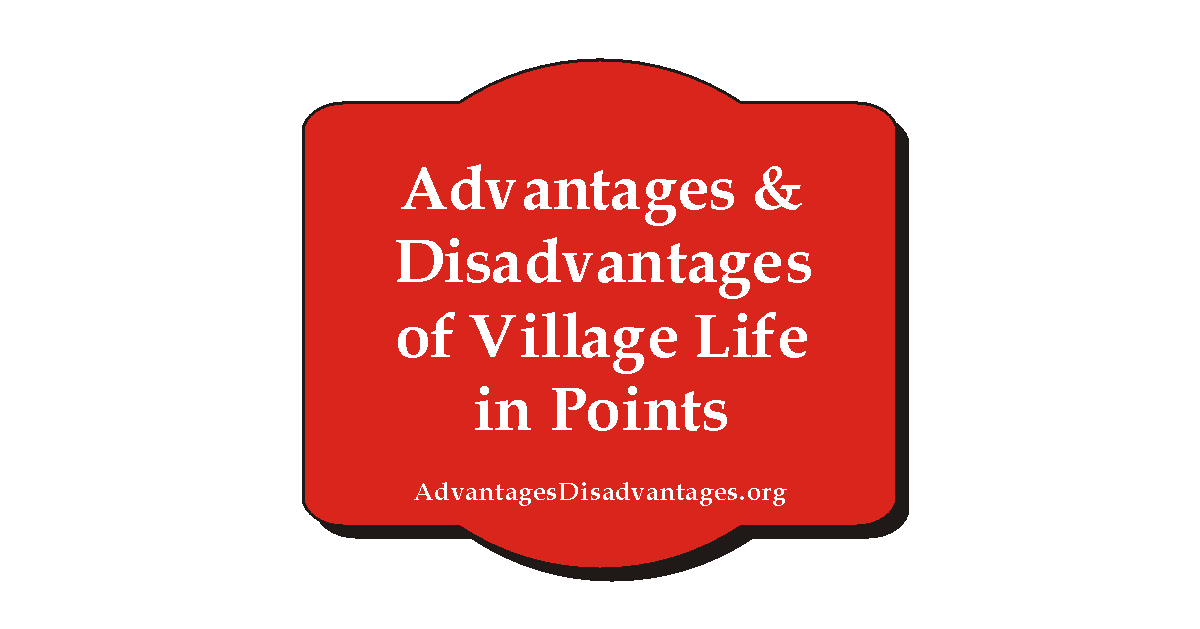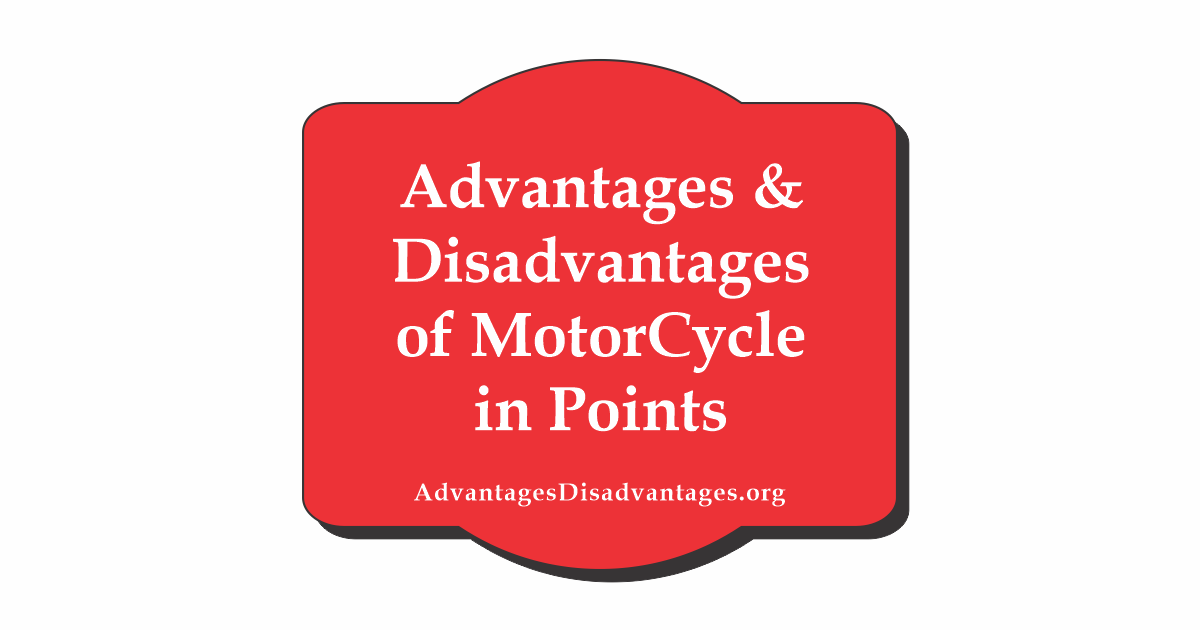Business
Urban Green Spaces: Finding Balance in the Heart of the City

Urban green spaces emerge as oases of tranquility amidst concrete jungles. These spaces offer respite from the hustle and bustle of city life. A closer look shows a delicate balance between benefits and challenges. Before you delve into the details, make sure to check out legacy of dead demo for the latest casino games online.
Table of Contents
Advantages of Urban Green Spaces
In bustling cities, you’ll find special places called green spaces. They are not just aesthetically pleasing; they provide fresh air. This improves the lives of residents and visitors alike.
But it’s not just about how they look – these green havens have a real impact on our minds and bodies. Studies show that being around greenery can reduce stress levels. When you stroll through a city park, remember it’s not just trees and grass. It’s a small oasis that benefits your heart and soul.
Urban parks serve as hubs for recreational activities. They provide spaces for exercise, picnics, and social gatherings. These areas contribute to the physical health of city dwellers. They also help bring communities together and strengthen social connections. This is particularly important in a busy city environment.
Challenges and Disadvantages
Urban green spaces may appear lush, but they hide hidden challenges. Maintaining and caring for these areas can strain city budgets. Allocating resources for landscaping requires a delicate balancing act. The same goes for security and sanitation. It becomes even more challenging with competing budgetary priorities.
Green spaces in cities could unintentionally contribute to gentrification. Additionally, establishing or expanding these areas may have this effect. As these areas become more attractive, property values increase. This could displace long-time residents and change neighborhood dynamics. City planners face the ongoing challenge of revitalizing urban spaces. They must also ensure inclusivity in their plans.
The Social and Economic Benefits
Urban green spaces go beyond just aesthetics. They also enhance the economic vitality of cities. Properties situated near parks often experience increased value, attracting businesses and residents. The economic upswing generates revenue for local governments. This revenue supports the continuous development and maintenance of green areas.
Moreover, these spaces have the power to attract tourists seeking tranquility. They serve as catalysts for tourism, offering an escape from urban chaos. A beautifully planned city park attracts visitors and stimulates the local economy. It does this by offering tourism activities and supporting local businesses.
Biodiversity and Ecological Harmony
Urban green spaces are havens for humans. They are also vital ecosystems supporting biodiversity. Well-maintained areas foster ecological balance within city limits by supporting plants and animals. These habitats are home to various species. The challenge is to manage urban spaces sustainably and preserve biodiversity. This includes accommodating the needs of urban populations.
Preserving natural habitats in cities allows diverse plants and animals to live together. Urban planners and environmentalists face the challenge of understanding urban ecology. They aim to create green spaces that benefit both humans and wildlife.
Green Spaces as Urban Climate Buffers
Cities are dealing with climate change. Urban green spaces protect against rising temperatures and extreme weather. These spaces have advantages that extend to climate resilience. They absorb carbon dioxide, reduce heat island effects, and mitigate heavy rainfall impact.
The challenge is to position and design urban green spaces strategically. These spaces should maximize their potential to buffer against climate. To create green spaces that improve urban climate resilience, use sustainable landscaping practices. Implement water management strategies and choose resilient plant species.
Addressing Challenges Through Sustainable Practices
Urban planners are turning to sustainable practices to maintain equilibrium. This helps balance advantages and disadvantages. Implementing eco-friendly landscaping techniques is crucial for ensuring green spaces thrive. Optimizing resource use is also important in this endeavor. Engaging in community-driven initiatives further supports the flourishing of green spaces. All of these steps contribute to avoiding burdening city resources.
Inclusive urban planning involves the community to prevent unintended gentrification. Cities can ensure equitable sharing of green space benefits. This is done by fostering resident ownership and involvement. It helps mitigate the risk of displacement.

-

 Health6 years ago
Health6 years agoAdvantages and Disadvantages of Milk
-

 Tech4 years ago
Tech4 years ago6 Tips to Improving E-Commerce Websites
-

 Home6 years ago
Home6 years agoAdvantages and Disadvantages of Village Life in Points
-

 Travel5 years ago
Travel5 years agoAdvantages and Disadvantage of Travelling
-

 Sports4 years ago
Sports4 years agoThe benefits of playing an online live casino
-

 Tech6 years ago
Tech6 years ago10+ Advantages and Disadvantages of Mobile Phones in Points
-

 Tech5 years ago
Tech5 years agoEssay on Advantages and Disadvantages of Offline Shopping
-

 Tech5 years ago
Tech5 years ago8+ Advantages and Disadvantages of Motorcycle |Having Bike